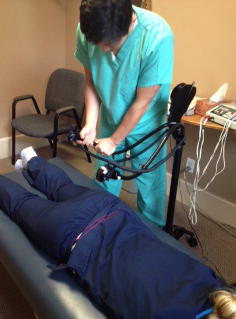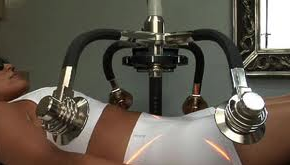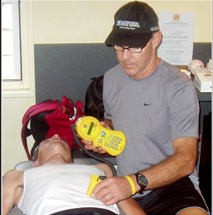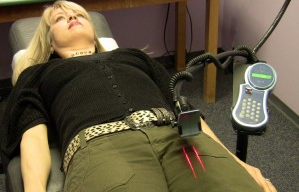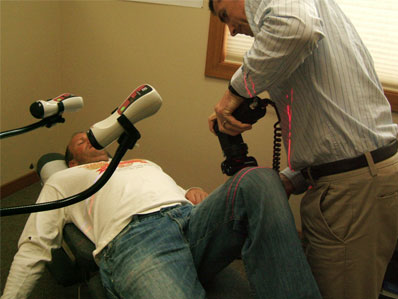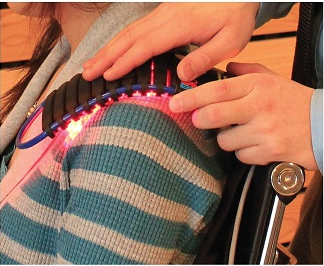 At the NZ2008 laser meeting we debated LLLT nomenclature, many scientists prefer to call it Photobiomodulation (and I agree this is the best name). Laser Biostimulation was used for some time by the American Society for Lasers in Surgery and Medicine, who recently adopted Photobiomodulation instead. Pubmed have chosen LLLT (stands for Low Level Laser Therapy) as the MeSH term (MeSH stands for Medical Subject Heading) however they have used that label for almost every form of medical laser treatment (low level or otherwise). Low Level Laser Therapy was a term coined by Oshiro and Calderhead back on the 1980’s.
At the NZ2008 laser meeting we debated LLLT nomenclature, many scientists prefer to call it Photobiomodulation (and I agree this is the best name). Laser Biostimulation was used for some time by the American Society for Lasers in Surgery and Medicine, who recently adopted Photobiomodulation instead. Pubmed have chosen LLLT (stands for Low Level Laser Therapy) as the MeSH term (MeSH stands for Medical Subject Heading) however they have used that label for almost every form of medical laser treatment (low level or otherwise). Low Level Laser Therapy was a term coined by Oshiro and Calderhead back on the 1980’s.
Here are some words and phrases I have collected over the years:
Bioregulating Laser
Biostimulating Laser
Broad Band Radiation Therapy
Class IV laser Therapy
Cold Laser Therapy
Diode Laser Therapy
He-Ne Laser therapy
Helium-neon laser irradiation
HILT (High Intensity Laser Therapy)
Infrared laser light
Laser Acupuncture
Laser Biostimulation
Laser Irradiation
Laser Phototherapy
Laser Therapy
LED phototherapy
LED therapy
LELT (Low Energy Laser Therapy)
LEPT (Low Energy Photon Therapy)
Light Therapy
light-emitting diode phototherapy
LILT (Low Intensity Laser Therapy)
LLLT (Low level Laser Therapy)
low fluence diode laser irradiation
low level light treatment
Low Light Laser Therapy
Low Power Laser Irradiation
Low Power Laser Therapy
Low Reactive Level Laser Therapy
lower-level laser therapy
Mid Laser Therapy
Moderate intensity light ( MIL)
Monochromatic Infra Red Energy
Monochromatic Infrared Photo Energy
Monochromatic Light Therapy
Monochromatic phototherapy
near-infrared light therapy
NIR laser therapy
nonablative laser therapy
PBM (Photobiomodulation)
Photo Irradiation
Photobioactivation
Photobiomodulation
Photobiostimulation
Photomedicine
Photon Therapy
Photoradiation
Photostimulation
Phototherapy
Physiotherapy Laser
Polarised Polychromatic Light
Polarised Radiation
Red light phototherapy
Soft Laser Therapy
Therapeutic Laser
Medium-level laser therapy
It is also common for laser wavelength and / or lasing medium to be added to the title . common examples are 810nm laser diode therapy for xyz. In case you are not familiar with the common wavelengths and materials used they are: 660nm 810nm 830nm 904nm
Full list as follows: 590nm 632.8 650nm 635nm 660nm 670nm 680nm 750nm 780nm 705nm 908nm 810nm 820nm 830nm 850nm 870nm 880nm 890nm 904nm 905nm 950nm 940nm 970nm 980nm 1064nm
Materials: GaAlAs, Gallium Aluminium Arsenide, GaAs, Gallium Arsenide, HeNe, Helium Neon, AlGaInP, Aluminium Gallium Indium Phosphide,
Some class IV surgical lasers are being detuned down to LLLT intensities (defused beam) so you will find other materials and wavelengths appearing CO2 and NdYag 940nm 970nm 980nm 1064nm
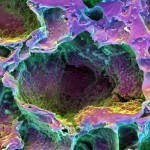 TV, radio and newspapers all over the world got very excited last week reporting that “laser regenerates teeth” following a Harvard study. The study showed that LLLT stimulates the stem cells resident in the tooth pulp to form dentin (for details click below). This is the highest profile announcement for any LLLT paper ever and will add significant awareness and credibility for everyone in the field. Congratulations and huge thanks to the author Dr Praveen Arany B.D.S., M.D.S., M.M.Sc., Ph.D. who is now a Clinical Investigator at NIH.
TV, radio and newspapers all over the world got very excited last week reporting that “laser regenerates teeth” following a Harvard study. The study showed that LLLT stimulates the stem cells resident in the tooth pulp to form dentin (for details click below). This is the highest profile announcement for any LLLT paper ever and will add significant awareness and credibility for everyone in the field. Congratulations and huge thanks to the author Dr Praveen Arany B.D.S., M.D.S., M.M.Sc., Ph.D. who is now a Clinical Investigator at NIH. Featured Testimonials
Featured Testimonials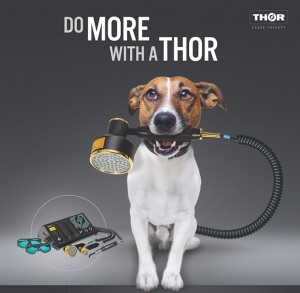
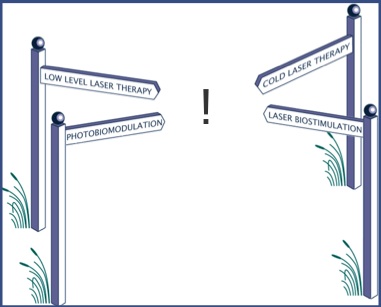 At the NZ2008 laser meeting we debated LLLT nomenclature, many scientists prefer to call it Photobiomodulation (and I agree this is the best name). Laser Biostimulation was used for some time by the American Society for Lasers in Surgery and Medicine, who recently adopted Photobiomodulation instead. Pubmed have chosen LLLT (stands for Low Level Laser Therapy) as the MeSH term (MeSH stands for Medical Subject Heading) however they have used that label for almost every form of medical laser treatment (low level or otherwise). Low Level Laser Therapy was a term coined by Oshiro and Calderhead back on the 1980’s.
At the NZ2008 laser meeting we debated LLLT nomenclature, many scientists prefer to call it Photobiomodulation (and I agree this is the best name). Laser Biostimulation was used for some time by the American Society for Lasers in Surgery and Medicine, who recently adopted Photobiomodulation instead. Pubmed have chosen LLLT (stands for Low Level Laser Therapy) as the MeSH term (MeSH stands for Medical Subject Heading) however they have used that label for almost every form of medical laser treatment (low level or otherwise). Low Level Laser Therapy was a term coined by Oshiro and Calderhead back on the 1980’s.